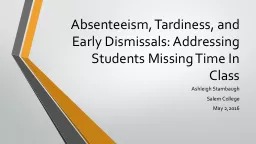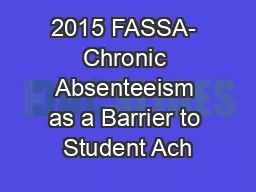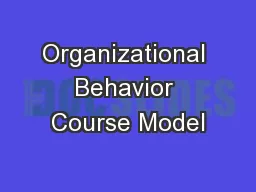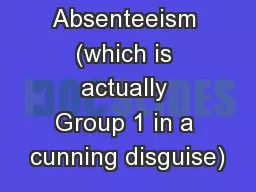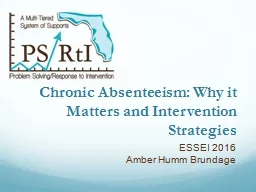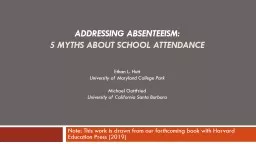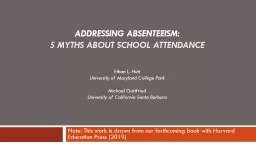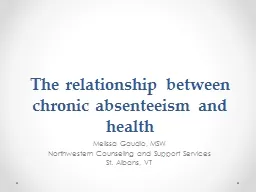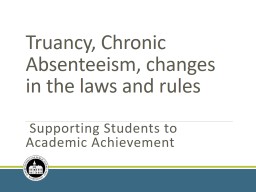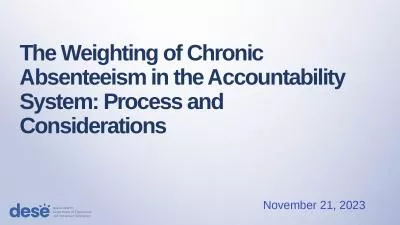PPT-Absenteeism, Tardiness, and Early Dismissals: Addressing St
Author : olivia-moreira | Published Date : 2017-04-12
Ashleigh Stambaugh Salem College May 22016 Introduction Attendance issues have always been a problem placed on teachers in the 21 st century Addressing attendance
Presentation Embed Code
Download Presentation
Download Presentation The PPT/PDF document "Absenteeism, Tardiness, and Early Dismis..." is the property of its rightful owner. Permission is granted to download and print the materials on this website for personal, non-commercial use only, and to display it on your personal computer provided you do not modify the materials and that you retain all copyright notices contained in the materials. By downloading content from our website, you accept the terms of this agreement.
Absenteeism, Tardiness, and Early Dismissals: Addressing St: Transcript
Download Rules Of Document
"Absenteeism, Tardiness, and Early Dismissals: Addressing St"The content belongs to its owner. You may download and print it for personal use, without modification, and keep all copyright notices. By downloading, you agree to these terms.
Related Documents

